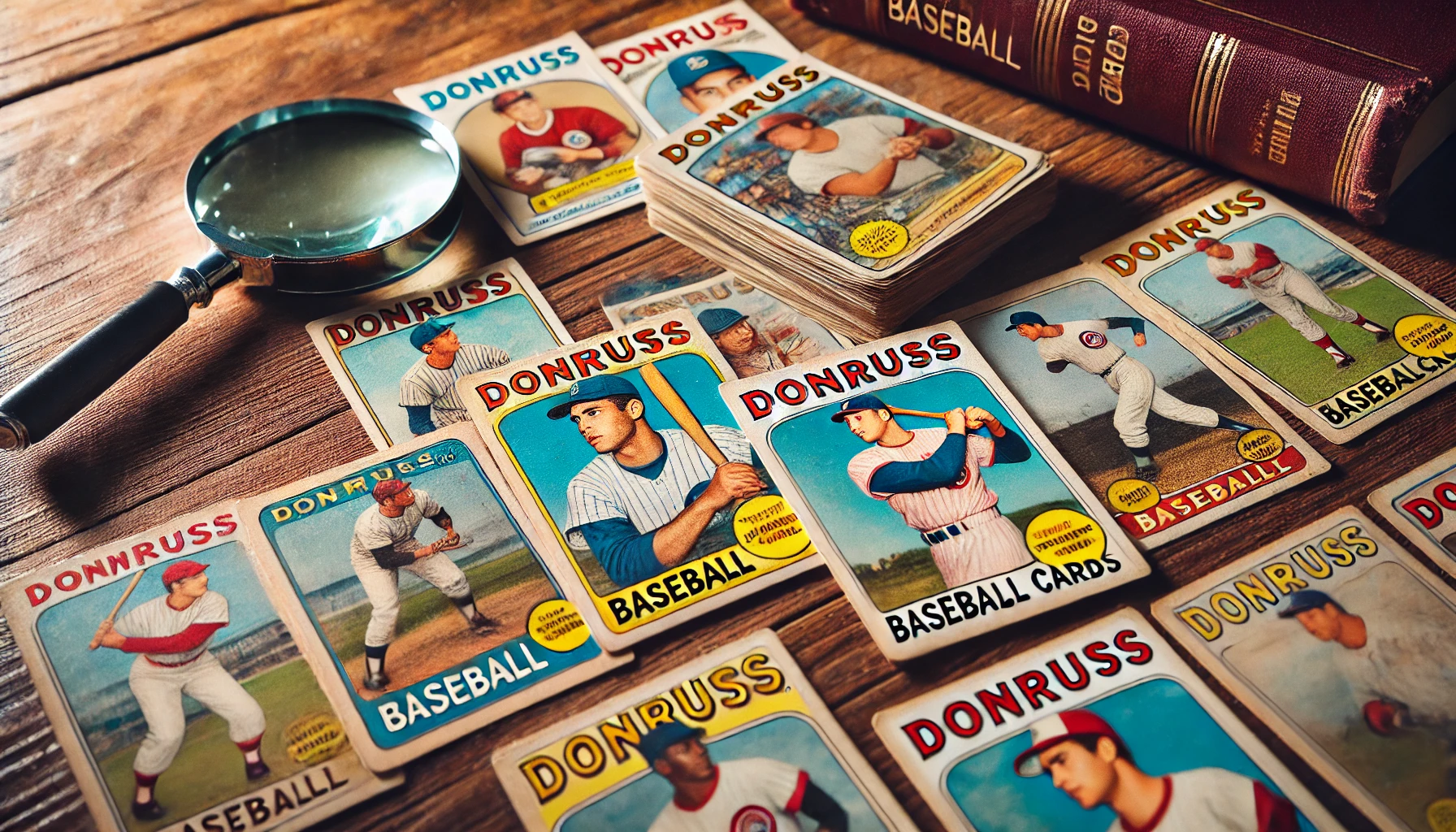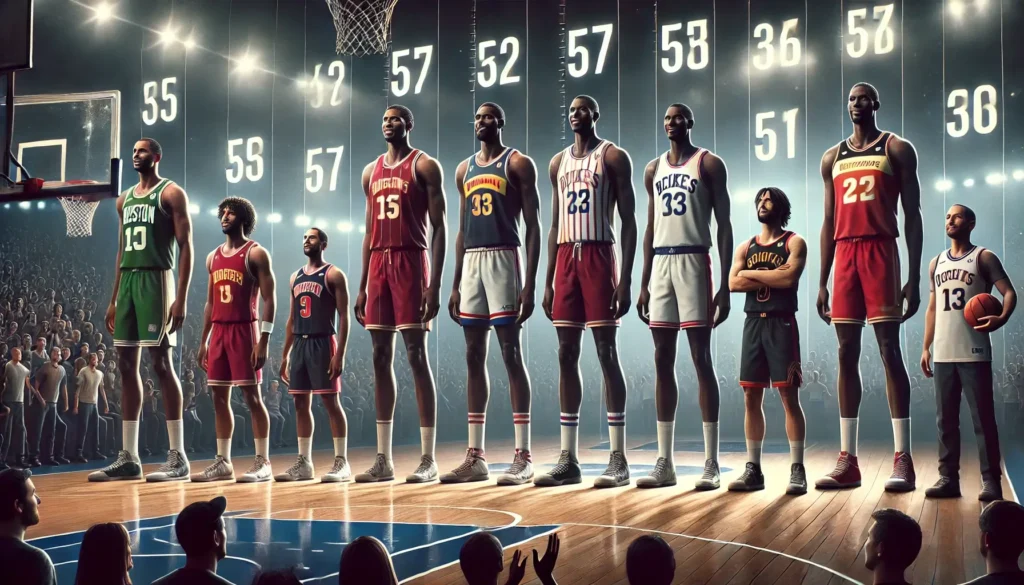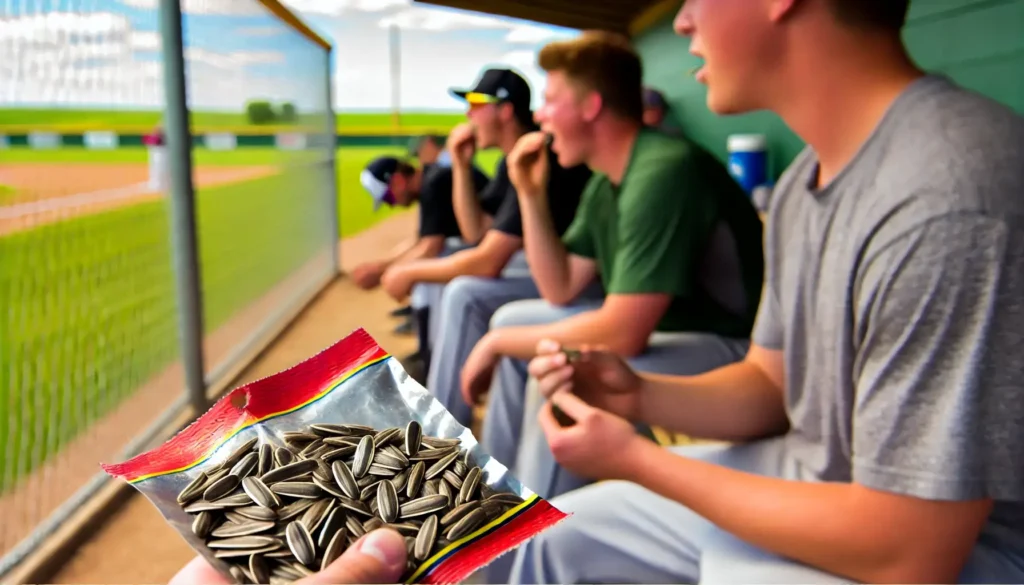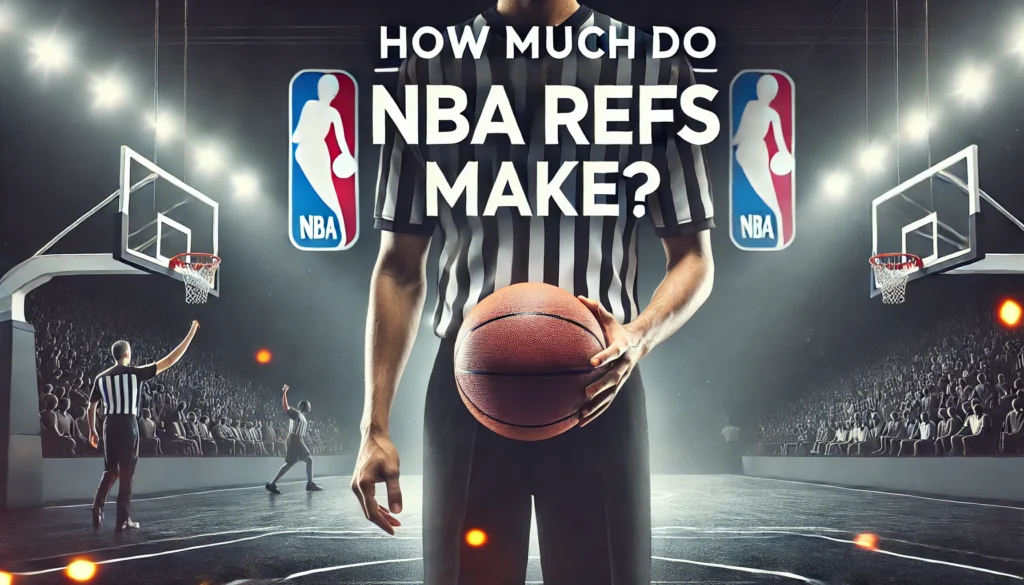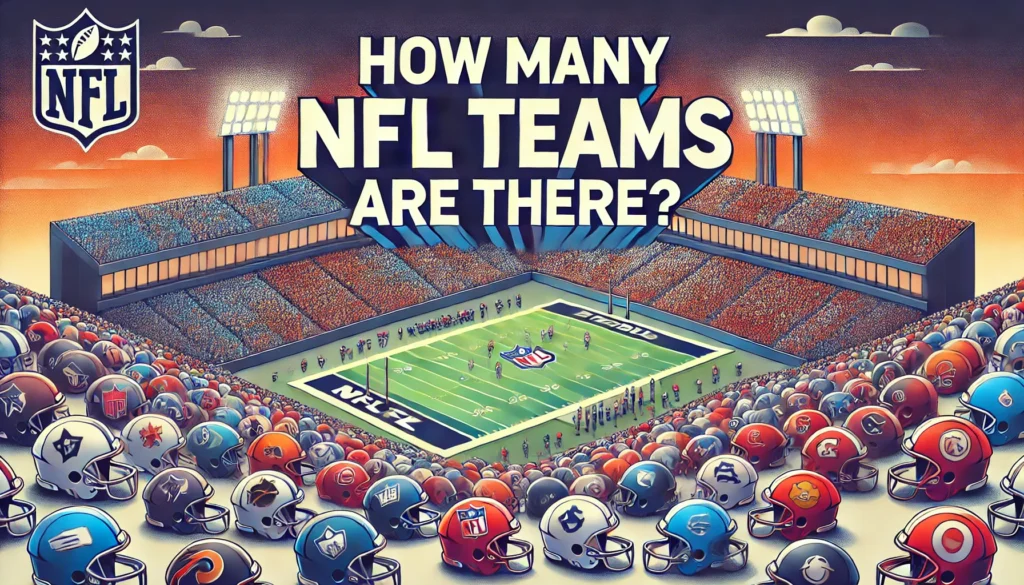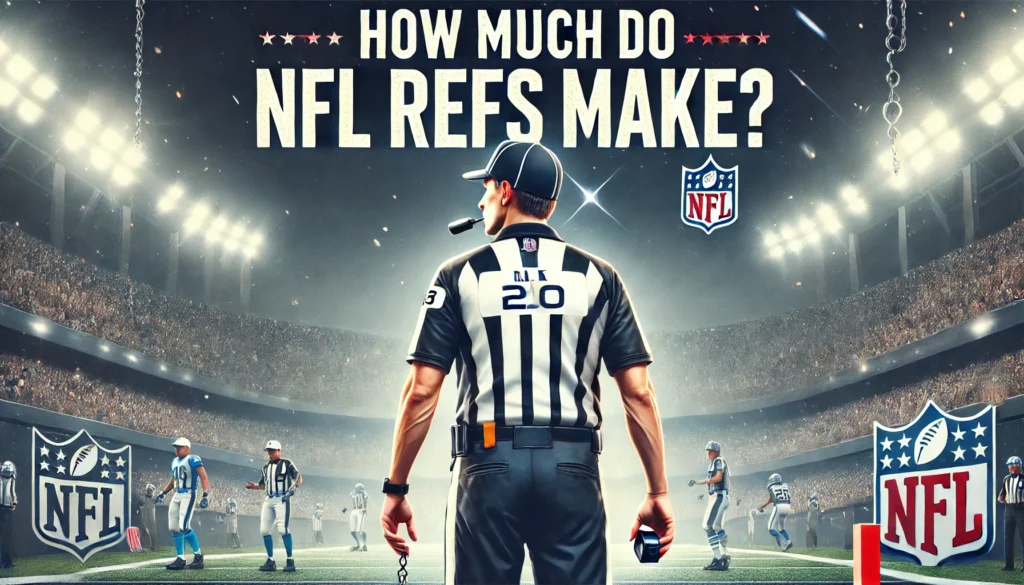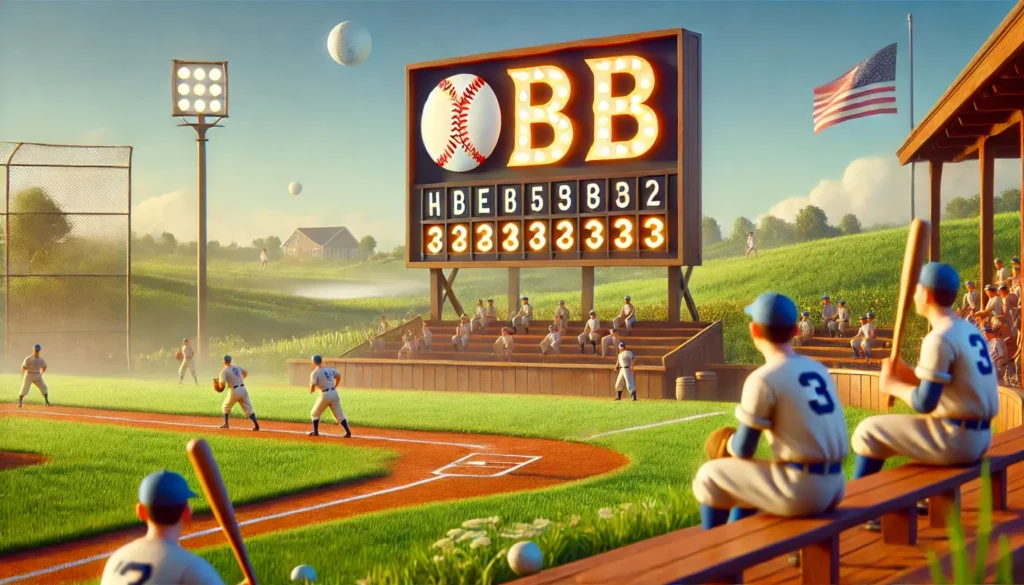Donruss baseball cards have been a staple of the sports card collecting hobby for decades. Produced from 1981 to 1998 and then revived in 2001, these cards have captured the attention of collectors and baseball fans alike. Some Donruss baseball cards can be quite valuable, with rare and well-preserved specimens fetching thousands of dollars.
The value of Donruss cards depends on several factors, including the player featured, the card’s condition, and its scarcity. Rookie cards of Hall of Fame players, limited edition inserts, and error cards are often the most sought-after and valuable. Cards from certain years, like the 1984 set featuring Don Mattingly’s rookie card, are particularly prized by collectors.
Collectors interested in Donruss cards should research market trends and consult price guides to understand current values. Proper storage and handling are crucial for maintaining a card’s condition and potential worth. Whether buying or selling, knowledge of authentication processes and grading standards is essential for navigating the Donruss baseball card market.
Key Takeaways
- Certain Donruss baseball cards can be highly valuable, especially rare and well-preserved specimens
- Card value is influenced by factors such as player, condition, scarcity, and specific years of production
- Proper research, authentication, and preservation are crucial for collectors and sellers in the Donruss market
Overview of Donruss Baseball Cards
Donruss baseball cards have been a part of the sports card industry since 1981. The company entered the market as one of the first competitors to Topps, which had held a monopoly on baseball card production for decades.
Donruss cards quickly gained popularity among collectors due to their unique designs and player selections. The brand introduced several innovative sets, including the Diamond Kings series, which featured artistic renderings of top players.
Throughout the 1980s and 1990s, Donruss continued to produce sought-after sets. Some notable releases include:
- 1984 Donruss: Features the rookie card of Don Mattingly
- 1990 Donruss: Known for its distinctive red borders
- 1993 Donruss Elite: Introduced serial-numbered inserts
The value of Donruss cards varies significantly based on factors such as player, year, condition, and rarity. Certain cards, especially rookie cards of Hall of Fame players, can command high prices in the secondary market.
Donruss faced financial difficulties in the late 1990s and was eventually acquired by Playoff Corporation in 2001. The brand continued to produce baseball cards under new ownership until 2005.
In recent years, Panini America has revived the Donruss name, releasing new sets that pay homage to the classic designs while featuring current players. These modern Donruss cards have rekindled interest among collectors and a new generation of fans.
Factors Influencing the Value of Donruss Baseball Cards
Several key elements determine the worth of Donruss baseball cards. These factors work together to shape a card’s market value and desirability among collectors.
Card Condition
The condition of a Donruss baseball card significantly impacts its value. Cards in mint or near-mint condition command higher prices. Collectors look for sharp corners, clean surfaces, and well-centered images.
Grading companies like PSA and BGS provide professional assessments. A card’s grade ranges from 1 (Poor) to 10 (Gem Mint). Higher grades translate to increased value.
Preservation methods matter. Cards kept in protective sleeves or cases maintain their condition better over time. Exposure to light, humidity, or improper handling can decrease a card’s worth.
Player Popularity
The featured player’s status in the baseball world affects a card’s value. Cards of Hall of Famers and legendary players typically fetch higher prices. Examples include:
- Ken Griffey Jr.
- Cal Ripken Jr.
- Tony Gwynn
Rookie cards of star players are especially sought after. A player’s on-field performance can cause fluctuations in card values. Breakout seasons or career milestones often lead to increased demand.
Card Rarity
Scarce Donruss cards tend to be more valuable. Limited print runs or special editions contribute to rarity. Examples of rare Donruss cards include:
- Error cards with printing mistakes
- Short-printed variations
- Autographed or game-used memorabilia cards
Collectors often seek out these harder-to-find items. The scarcity factor can significantly boost a card’s market price.
Market Demand
The current state of the sports card market influences Donruss card values. Trends in collecting can cause certain cards or sets to become more desirable.
Economic factors play a role. During periods of economic growth, card values may increase as collectors have more disposable income. Conversely, economic downturns can lead to decreased demand.
Social media and online platforms have expanded the market. Easy access to buying and selling has led to more dynamic pricing and increased interest in certain cards or players.
Print Year
The year a Donruss card was printed can affect its value. Older cards, especially from the company’s early years (1981-1990s), are often more valuable due to nostalgia and scarcity.
Key Donruss years include:
- 1981: First Donruss baseball set
- 1984: Introduction of the popular Rated Rookie subset
- 1990: Release of the Leaf brand, a premium Donruss product
More recent Donruss cards can also be valuable, particularly if they feature special inserts or autographs. Limited edition modern cards can command high prices in the current market.
Estimating the Value of Donruss Cards
Determining the worth of Donruss baseball cards involves several key methods. These approaches help collectors and sellers assess card values accurately.
Professional Appraisals
Expert appraisers offer valuable insights into Donruss card values. They examine factors like condition, rarity, and market demand. Professional appraisals are especially useful for high-value or vintage Donruss cards.
Appraisers use grading scales to assess card condition. The most common scale is PSA’s 1-10 system. Higher grades typically mean higher values.
Many appraisers specialize in sports cards and stay current on market trends. They can spot valuable variations or errors that untrained eyes might miss.
Price Guides and Catalogs
Price guides provide comprehensive listings of Donruss card values. Popular guides include Beckett and Tuff Stuff. These resources offer estimated prices for cards in various conditions.
Online price guides often update more frequently than print versions. They reflect recent market changes and sales data.
Some guides focus on specific eras or sets of Donruss cards. These specialized resources can be invaluable for collectors of particular series.
Price guides usually list both high and low values. This range accounts for variations in card condition and market fluctuations.
Online Auctions and Sales Data
Websites like eBay and COMC offer real-time sales data for Donruss cards. These platforms show actual prices collectors are willing to pay.
Recent completed sales provide the most accurate picture of current market values. Watching auction trends can reveal which Donruss cards are increasing in popularity.
Online marketplaces often have search filters for specific years, players, or card conditions. This feature helps users find comparable sales for their Donruss cards.
Some sites offer price history charts. These visuals help track value changes over time for specific Donruss cards or sets.
Popular Donruss Baseball Card Series
Donruss produced several iconic baseball card series that remain popular among collectors. The 1984 Donruss set is highly sought after, featuring rookie cards of stars like Don Mattingly and Joe Carter.
The Diamond Kings subset, introduced in 1982, showcases artistic renderings of top players. These cards are prized for their unique designs and limited print runs.
Donruss’ Rated Rookie cards, first appearing in 1984, highlight promising young talent. Many of these cards have appreciated significantly in value over time.
The 1990 Donruss set is notable for its eye-catching red borders and valuable error cards. Collectors often seek out misprinted cards from this series.
Elite inserts, introduced in 1991, feature serial-numbered cards with low print runs. These rare finds can command high prices in the secondary market.
Donruss Studio, launched in 1991, offers high-quality photography and premium card stock. The series is known for its artistic portraits of players.
Leaf brand cards, produced by Donruss from 1985 to 1998, are also highly collectible. The 1990 Leaf set is particularly valuable due to its limited production.
Protecting and Preserving Donruss Baseball Cards
Proper storage is crucial for maintaining the value and condition of Donruss baseball cards. Collectors should use acid-free sleeves and top loaders to shield cards from dust, scratches, and environmental damage.
Temperature and humidity control play a key role in card preservation. Ideal conditions include temperatures between 65-72°F (18-22°C) and relative humidity levels of 45-50%.
Handling cards with clean, dry hands helps prevent oils and dirt from transferring to the surfaces. When examining cards, it’s best to hold them by the edges to avoid fingerprints or smudges on the front and back.
Exposure to direct sunlight can fade card colors and cause warping. Storing cards in a dark, cool place helps maintain their original appearance and structural integrity.
For long-term storage, collectors often use specialized storage boxes or binders designed for trading cards. These products offer additional protection from physical damage and environmental factors.
Regular inspection of stored cards allows collectors to catch and address any developing issues early. This practice helps ensure the longevity and value of Donruss baseball card collections.
Selling Donruss Baseball Cards
Donruss baseball cards can be sold through various channels. Online marketplaces like eBay and COMC provide platforms to reach a wide audience of collectors. Local card shops and sports memorabilia stores may also purchase Donruss cards.
Condition is crucial when selling cards. Graded cards from reputable services like PSA or BGS often fetch higher prices. Key factors include centering, corners, edges, and surface quality.
Certain Donruss cards hold more value than others. Rookie cards of Hall of Fame players are highly sought after. Limited edition inserts and autographed cards can also command premium prices.
Research current market values before listing cards for sale. Price guides and recent completed sales provide useful benchmarks. Be prepared to negotiate with potential buyers.
Popular Donruss Sets
- 1981 Donruss (first year)
- 1984 Donruss (Don Mattingly rookie)
- 1990 Donruss (error cards)
- 2001 Donruss Signature Series
Timing can impact sales. The baseball offseason tends to be slower for card sales. Interest often peaks during spring training and the regular season.
Consider bundling lower-value cards into lots to attract buyers. Individual sales work better for rare or valuable cards. Providing clear photos and accurate descriptions helps build trust with potential purchasers.
Buying Donruss Baseball Cards
Collectors interested in purchasing Donruss baseball cards have several options. Local card shops often carry a selection of Donruss products from various years. These stores allow buyers to inspect cards in person before making a purchase.
Online marketplaces like eBay provide access to a wider range of Donruss cards. Sellers list individual cards, complete sets, and unopened packs or boxes. Buyers can compare prices and conditions from multiple sellers.
Card shows and conventions offer opportunities to browse extensive Donruss collections. Attendees can network with other collectors and potentially find rare or valuable cards.
Auction houses sometimes feature high-end Donruss cards or sets. These venues typically deal in rarer, more valuable items sought by serious collectors.
When buying Donruss cards, condition is crucial. Graded cards from reputable services like PSA or BGS provide assurance of authenticity and quality. Ungraded cards should be carefully examined for defects.
Pricing guides and online resources help buyers determine fair market values for Donruss cards. Factors affecting price include:
- Year of production
- Player featured
- Card rarity
- Condition
- Special features (autographs, memorabilia pieces)
Buyers should research current trends and prices before making significant purchases. Patience and thorough comparison shopping can lead to better deals on desired Donruss cards.
Trends in Collecting Donruss Baseball Cards
Donruss baseball cards have seen fluctuating popularity among collectors over the years. In the 1980s and early 1990s, these cards experienced a surge in demand due to the baseball card boom.
The 1984 Donruss set remains highly sought after, particularly for its Don Mattingly rookie card. This set continues to command premium prices in the collector’s market.
Vintage Donruss cards from the 1980s have gained renewed interest among nostalgic collectors. Many seek to complete sets from their childhood or acquire cards of legendary players from that era.
Modern Donruss releases have introduced new collecting trends. Limited edition inserts, autographed cards, and memorabilia cards have become focal points for collectors.
Graded Donruss cards, especially those in pristine condition, have seen increased demand. High-grade examples of key rookie cards or star players often fetch significant premiums.
The rise of online marketplaces has made it easier for collectors to buy, sell, and trade Donruss cards. This has expanded the reach of the hobby and influenced pricing trends.
Some collectors focus on specific Donruss subsets or insert series, such as Diamond Kings or Rated Rookies. These niche markets have developed their own unique collecting trends.
Donruss cards featuring Hall of Fame players or future prospects tend to maintain steady interest among collectors. Their value often fluctuates based on player performance and career milestones.

